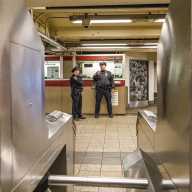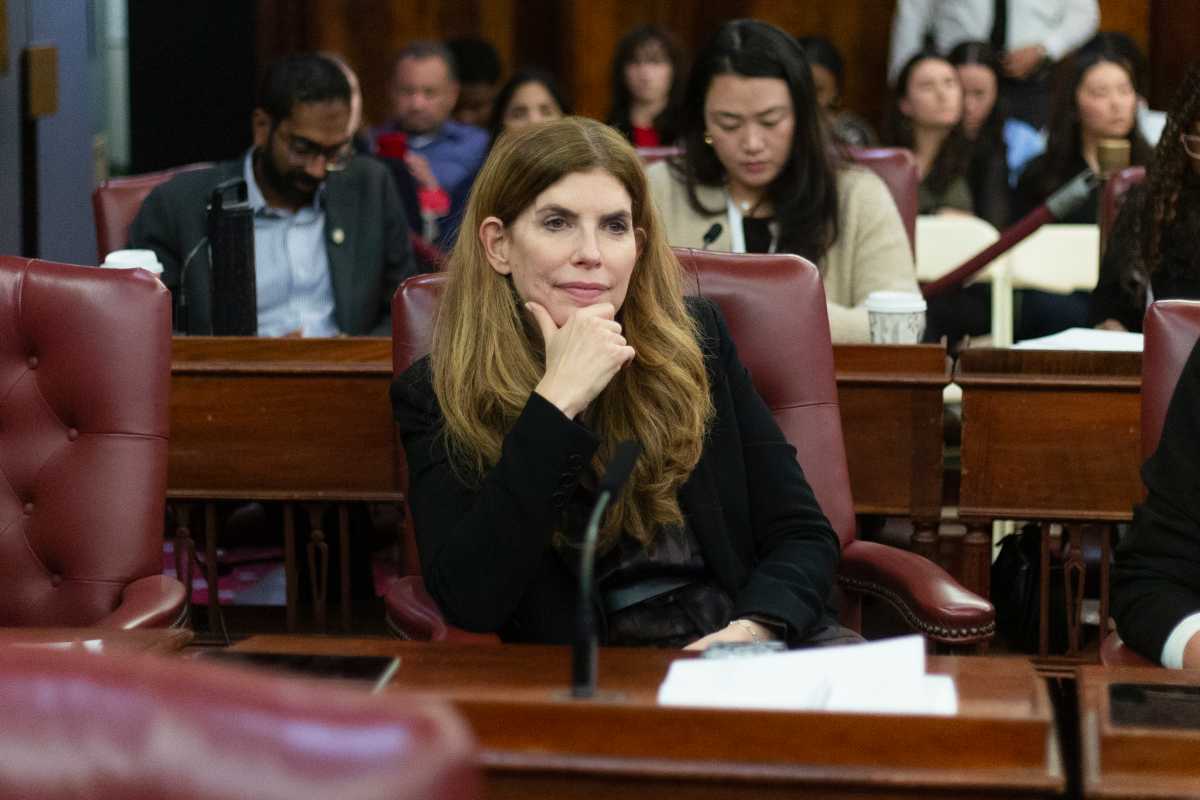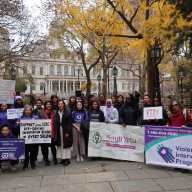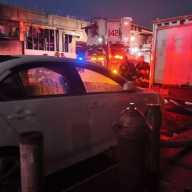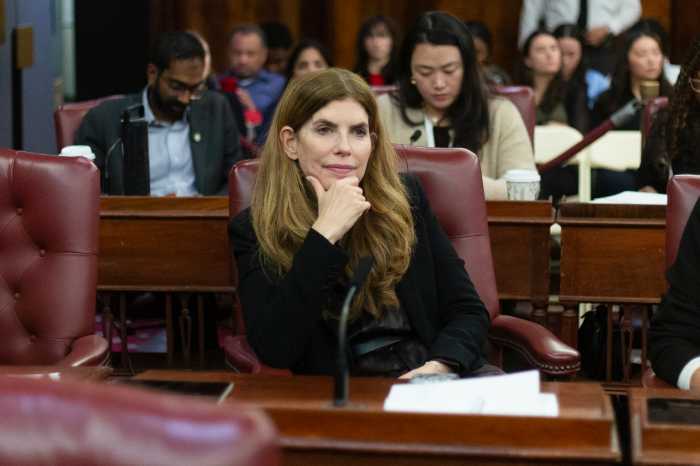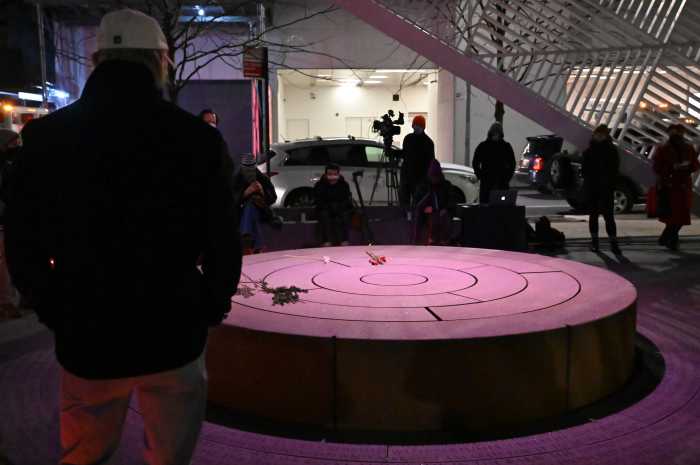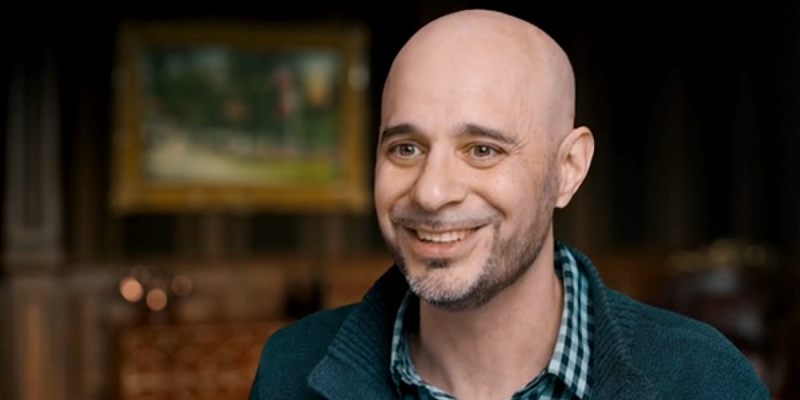While New York City held colorful parades in honor of the nation’s fallen soldiers over Memorial Day weekend, the city’s Health Department announced the second swine flu fatality – a Queens woman whose death was followed by the announcement of two more H1N1-virus related deaths on Tuesday, May 26.
The Department of Health and Mental Hygiene (DOHMH) has been mum regarding all details of the three latest H1N1-related deaths, aside from age, gender and borough of residence. Over the weekend, a Queens woman in her 50s succumbed to the virus, while the DOHMH announced on May 26 that the third and fourth confirmed deaths were a 41-year-old female from Queens and a 34-year-old male from Brooklyn.
Mitchell Wiener, an assistant principal at I.S. 238 in Hollis, was the first New York City resident to die of complications caused by the virus. His death, on May 17, was reportedly the result of pre-existing medical conditions that were compounded by the onset of the H1N1 virus.
The DOHMH has confirmed that the most recent victims of the swine flu also suffered from preexisting conditions affecting either their breathing or their hearts.
Wiener’s Hollis middle school was among 20 city schools, and 16 in Queens, that re-opened Tuesday, May 26 after being shuttered for a week due to unusually high levels of flu-like symptoms having been documented.
As the tally of closed schools began to add up in recent weeks, the DOHMH explained that it recommends closures “in an effort to slow transmission in that school and minimize exposure to students and staff and their household contacts with underlying medical conditions.”
Thirteen public schools and programs were closed on Wednesday, May 27 with another nine resuming classes. Of the closed schools, eight were scheduled to re-open Thursday, May 28, and five, ordered closed by the DOHMH and DOE on Tuesday, May 26, were set to open on June 1.
According to the DOHMH, there have been 131 confirmed H1N1-related hospitalizations since the virus’s arrival in New York City.
Indeed, Atiya Butler, Elmhurst Hospital Center’s (EHC) assistant director of external affairs, admitted that her hospital has been “very busy.”
Butler noted that on May 18, EHC’s emergency room (ER) handled more than 400 pediatric cases, nearly 80 percent more than its previous one-day record.
A week later, on Memorial Day, at around 4 p.m., almost every chair was taken in Elmhurst’s adult ER, with the children’s unit even more crowded. Some people wore facemasks while others covered their mouths and noses with their clothing. Signs advised people how to properly cover their mouths when coughing and the registration desk offered H1N1 information sheets in English and Spanish.
One woman who went to the ER because of stomach pains admitted fearing the onset of swine flu after spending three hours waiting to see a doctor.
And a father, waiting with his children, ages two and six, said his youngest had been suffering with flu-like symptoms for days.
“Since Thursday she has been coughing, with fever and a sore throat,” Javier Juarez said. “I think her body hurts. The big one had been sick for two to three days but he got better.”
While the Juarezes waited, children struggled with their parents to keep from having to wear facemasks and Elmhurst Hospital Center’s ER kept filling up. It was only 6 p.m. – the night had just begun.
-With additional reporting by Claudia Cruz








